La Brea Tar Pits Dragonfly Fossils
These delicate buggers are some of the rarest fossils that have bubbled up from the Tar Pits.
The landmarked La Brea Tar Pits and Museum is smack in the middle of what’s known as LA’s “Miracle Mile.” Plants, insects, little creatures, and prehistoric giants would all get trapped in these gooey pools and perish, leaving a remarkable record of their existence behind. Given the odds of making it out of the tar intact, the fossilized dragonflies are a bit of a miracle.
How these plant and animal fossils came to be so concentrated in the middle of Los Angeles is simple: There is a fault line here that allows the tar to work its way to the surface, collecting into bubbly black pools. The breadth and depth of the fossils they’ve excavated and cataloged over the years is pretty incredible, and more are bubbling up every day.
While the most impressive fossils have come from creatures like sabertooth cats, dire wolves and mastodons, it’s easy to overlook some of the rarest on display.
Invertebrates, particularly dragonflies, are uncommon to find intact, but they are important pieces of the puzzle, helping to put together a more complete picture of climate, plant pollination and the full Pleistocene food chain. Their rarity results mostly from their delicacy, and just the right conditions must be met so they don’t turn into dust or completely dissolve in the process of tar removal and fossil preservation.
The campus of the La Brea Tar Pits and adjacent Handcock Park encompasses 100 deposits of the sticky stuff (naturally occurring asphalt, or asphaltum), as well as the George C. Page Museum and a working Fossil Lab. Part of their mission is the discovery, research and preservation of the prehistoric flora and fauna that populated a slice of the Pleistocene period (about 40,000 years ago to about 11,000 years ago) in southern California.
Know Before You Go
The Museum and Fossil Lab is part of the larger La Brea Tar Pits complex, in the Miracle Mile section of Los Angeles. They are open daily from 9 a.m. to 5 p.m. Admission is $15 for adults, $12 for seniors and students with ID, $7 for kids 3-12, and under three years old are free.
There is a flat-rate parking lot for $15, or you can take your chances for street parking. But be careful to follow the posted parking signs.



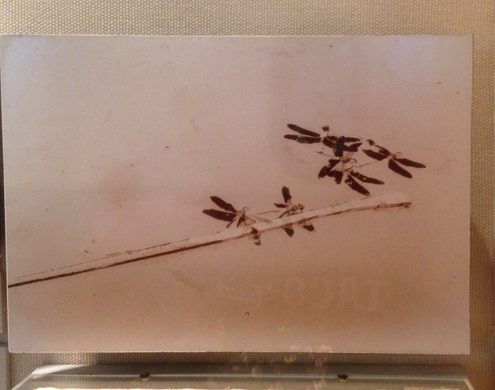
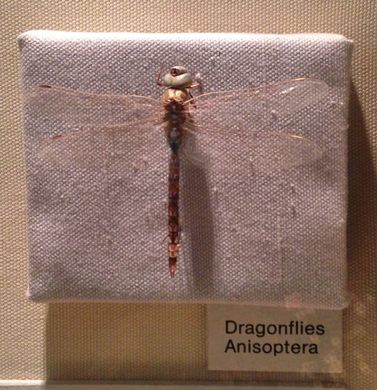

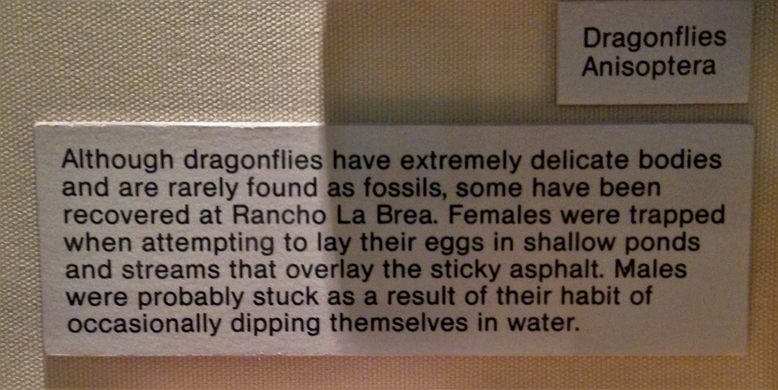

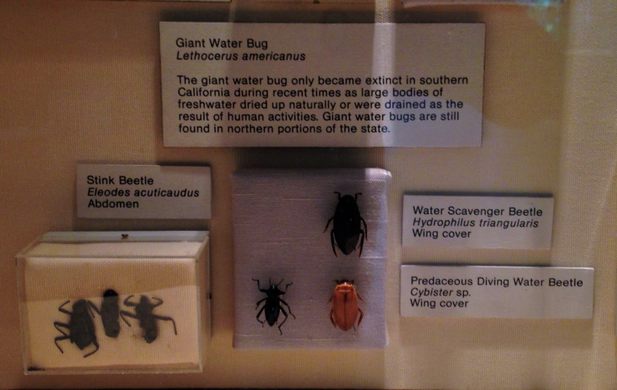
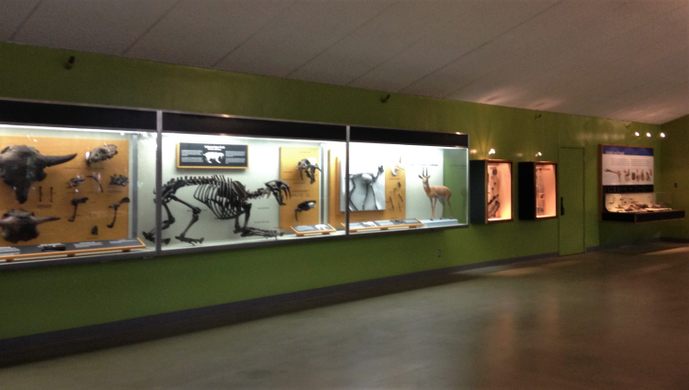



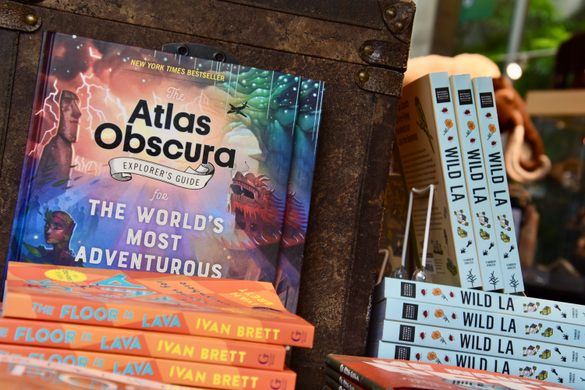




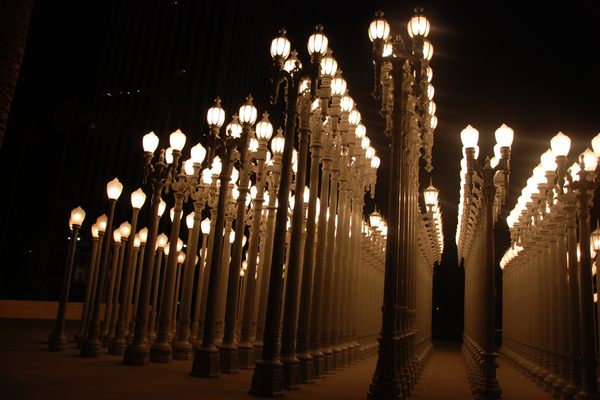




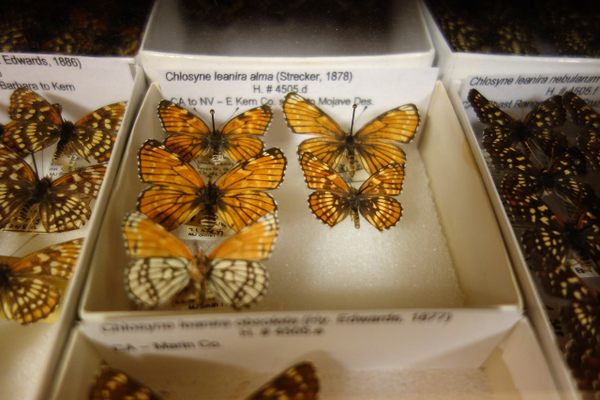




Follow us on Twitter to get the latest on the world's hidden wonders.
Like us on Facebook to get the latest on the world's hidden wonders.
Follow us on Twitter Like us on Facebook